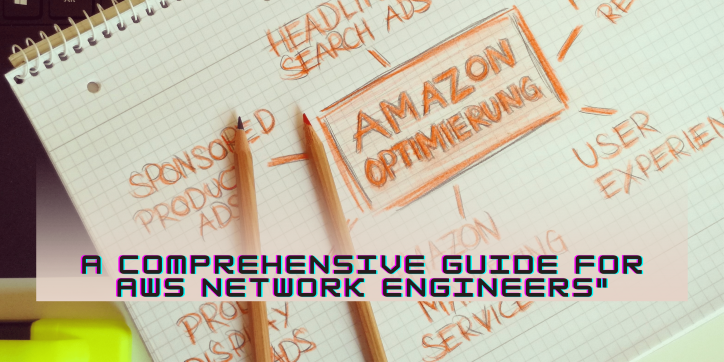“Navigating the Cloud: A Comprehensive Guide for AWS Network Engineers”
As businesses move more of their operations to the cloud, the demand for AWS network engineers has grown dramatically. An AWS network engineer is responsible for designing, implementing, and maintaining the network infrastructure within Amazon… “Navigating the Cloud: A Comprehensive Guide for AWS Network Engineers”





